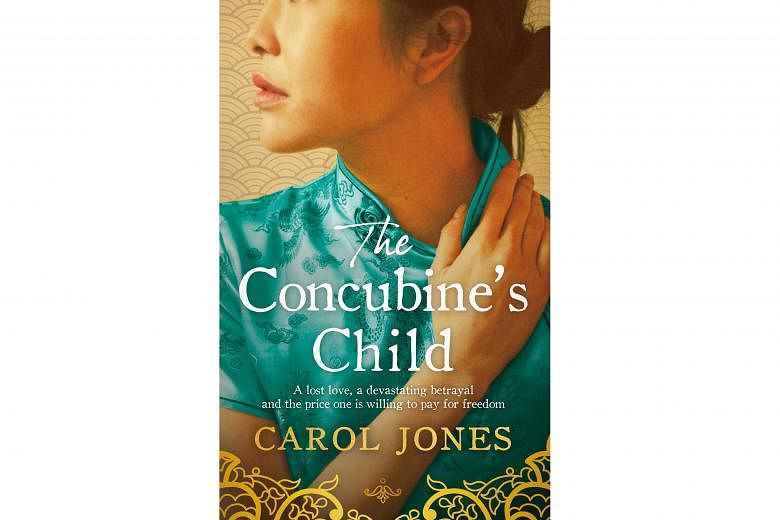A young woman is forced to join the household of a powerful man and bear him the child his wife cannot - knowing all the while that she will never be recognised as the child's mother.
It sounds like the plot of The Handmaid's Tale, the seminal dystopian novel by Margaret Atwood that was adapted into an award-winning television series last year. But it was also a common reality in many Chinese families in 19th and early 20th century South-east Asia.
When Australian children's book writer Carol Jones learnt that a distant relative of her Malaysian husband had two wives, she began to wonder how the women would have felt about this arrangement.
In The Concubine's Child, her first novel for adults, she writes from the perspective of 16-year-old Yu Lan, who is sold as a concubine to a wealthy, ageing towkay (businessman) in 1930s Kuala Lumpur.
Jones, 61, has been visiting the Malaysian capital for 30 years to see her husband's family. The couple have a son and daughter who are in their 20s.
"When I read The Handmaid's Tale a long time ago, I thought of it as dystopian fiction," she says over the telephone from KL. "But this has happened all over the world in lots of different periods of time. A lot of people may find it if they look at their family history."
According to Unicef (United Nations Children's Fund), every year, 12 million girls are married before the age of 18.
It is a problem Jones has observed in her home country of Australia, where people still arrange marriages for their daughters at a young age and the child brides are reluctant to seek police help as they do not wish their families to go to jail.
The Concubine's Child is a multi-generational tale which moves between 1930s Malaya and the present day, where Yu Lan's tragic fate continues to haunt her unwitting descendants.
An apothecary's daughter who is in love with her best friend Ming, Yu Lan catches the eye of the wealthy but barren wife of Towkay Chan.
Desperate to give her husband a son - even if from another woman's womb - Madam Chan brokers a deal with Yu Lan's debt-ridden father. Yu Lan will spend the rest of her life kept in the Chan house. She will bear Towkay Chan a son, but Madam Chan will be the one the boy calls "big mother".
Years later, when his descendants look at a family portrait, they will assume the sullen young woman in the background is a maid.
Yu Lan develops what in the modern day would be called post-natal depression.
"She was taken away from people she loved, she was alone," says Jones. "A woman in that situation would have been incredibly susceptible to depression."
She researched her book through memoirs and academic texts on concubines and also reread novels such as Singaporean author Catherine Lim's 1998 bestseller, The Bondmaid, about the forbidden love between a bondmaid - sold by her parents into slavery in a wealthy household - and the young master of the house in 1950s Singapore.
She studied photos and maps of the past, many from the National Archives of Singapore's online repository. She also gained details from her husband's family, such as her mother-in-law, who had not been able to go to school and learnt to read and write at a local clan house. This became the opening scene of the novel.
Jones struggled particularly when researching Malay pawang, or shamans, as most of the historical texts she could find were written by Europeans.
"You have to take everything they write with a grain of salt because they're looking at it through Western eyes," says Jones, who is working on a second novel set in the 1850s that links a silkworm village in Guangdong, China, to Chinese miners in the Australian Gold Rush.
"I'm always conscious of the fact that I'm an outsider writing about a culture I'm not part of. I have to be extra careful with my research because I could get things wrong so easily.
"I can only deal with that by entering into the story with the same kind of belief the characters have in their world and not being judgmental about it."
•The Concubine's Child ($26.95) is available at major bookstores.



